MAXIMIZING THE BENEFITS OF WETTING AGENTS: New
Research at the University of Arkansas













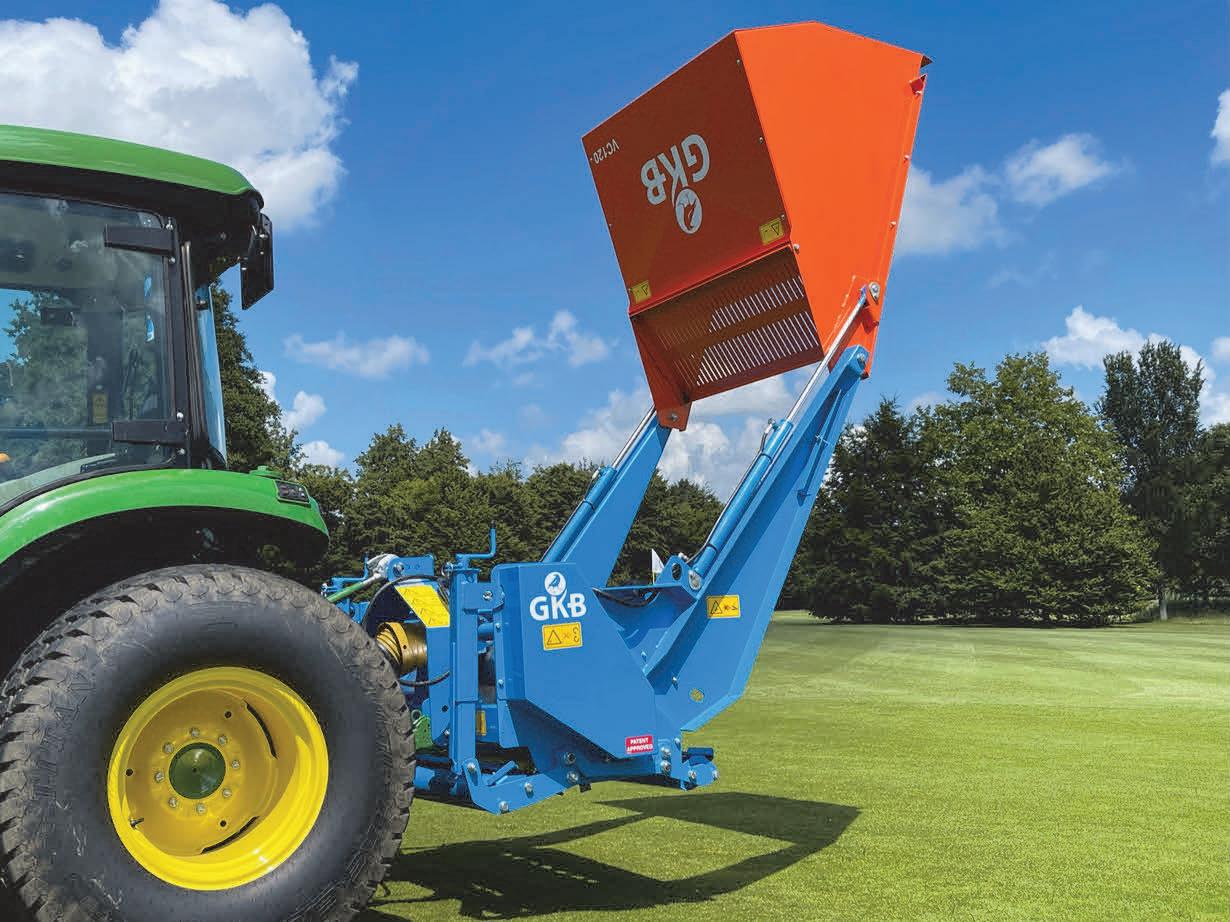











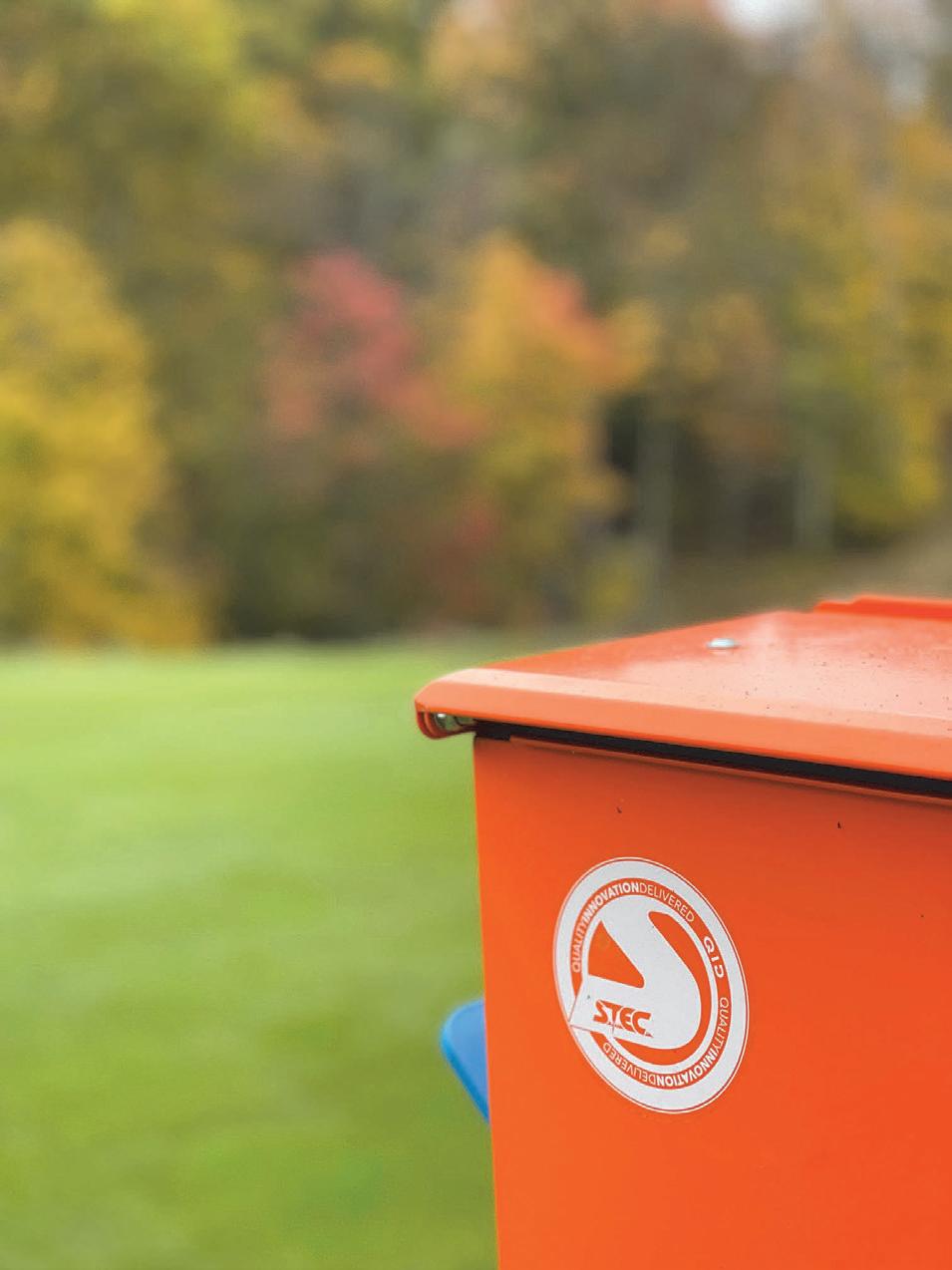





















































Tel:
by: Leading Edge Communications, LLC 206 Bridge Street, Suite 200 Franklin, TN 37064 Tel: 615-790-3718
Josh Landreth ATA Vice PresidentHave any of you ever been made fun of by people asking, “what do you do, just watch the grass grow?” I personally don’t know a single turf manager, especially those of us in the state of Arkansas, that sit around and watch the grass grow. In fact, most of our full-time jobs consist of making sure it doesn’t die! We all know that is often times much more difficult than it may seem. 2023 has proven to be one for the record books when it comes to simply keeping grass alive.
As winter gave way to spring, many managers in the state started realizing the severity of the winter injury on our Bermuda and Zoysia grasses on the sites they manage. Multiple golf courses across the state have had to replace acres upon acres of turfgrass. Some of the factors that impacted which areas sustained the most injury included: traffic, shade, height of cut, drought, elevation, soil composition, overall turf health going into the fall. Nearly all of us were affected to a certain extent, regardless of the factors that led to the injury.
I’m sure golf course superintendents have answered countless complaints about why the collars aren’t filling in. Lawn care operators are probably tired of getting blamed for “killing the grass.” Sports turf guys… well, I’m not real sure about them. They probably get to just watch the grass grow (unless they deal with Dave Van Horn on the daily)! It’s been brutal, and it’s certainly not sitting around and watching grass grow.
In addition to our warm season turf taking a beating, millions and millions of dollars of plant material was killed this winter too. Many of us are also dealing with the headache and expense of replacing countless plants.
On top of the agronomic challenges we’ve all faced so far in 2023, the Little Rock area was devastated by a tornado in late March. The first thing I did when I heard about the tornado was reach out to our president, Richard Covert. He sent me a video he took from his office window of the tornado and debris cloud. I can’t imagine the feelings of watching a tornado rip through your city. Those of you that were affected by that storm, I’m so sorry. I hope all those you care about were safe and that your properties are on the road to recovery.
With what has been a very challenging start to 2023, I’m hopeful that your warm season turfgrasses are starting to recover. Maybe you can actually “watch it grow” for a bit—just in time for us to start losing sleep over our cool season grasses!
Sincerely,
Josh Landreth ATA Vice PresidentAUGUST 1, 2023
EVENTS
University of Arkansas Turfgrass Field Day
Milo J. Shult Agricultural Research and Extension Center • Fayetteville, AR
JANUARY 25 – 26, 2024
2024 ATA Annual Conference and Trade Show
Hot Springs Convention Center • Hot Springs, AR
Email: info@leadingedge communications.com
ATA OFFICERS
Richard Covert, President Baptist Health Systems Richard.covert@baptist-health.org
Kyle Sanders, Immediate Past President Sanders Ground Essentials 501-315-9395 kylesanders@sandersground.com
Courtney Landreth Executive Director ataturfgrass@gmail.com
Pat Berger, Director Emeritus University of Arkansas • 479-575-6887 pberger@uark.edu
Charlie Bowen, Director Emeritus Arkansas Hydroseed • 501-315-7333 charliebowen@yahoo.com
Daniel O’Brien, Educational Chair dpo001@uark.edu
Seth Dunlap Arkansas State Plant Board seth.dunlap@agriculture.arkansas.gov 501-225-1598

Daniel Baxley Parks & Recreation Director of Mountain Home dbaxley@cityofmountainhome.com
Brandon Bradley Picture Perfect Lawns brandon@pictureperfectlawns.com
Mark Brown Nabholz • 501-749-7459 rmbrown2@ualr.edu
Rodney Fisher Agra Turf, Inc. • 501-268-7036 agrarod@yahoo.com
Josh Landreth, Vice President Ace of Blades • 479-530-7001 aceofblades@cox.net
Guy Oyler Jerry Pate Turf & Irrigation goyler@jerrypate.com • 501-317-5980
Rodger Pevehouse Life Member
Jay Randolph Sebastian County Park Admin. & Golf Course Superintendent jrandolph@co.sebastian.ar.us
Ricky Self Cypress Creek r.self@yahoo.com • 501-605-8000

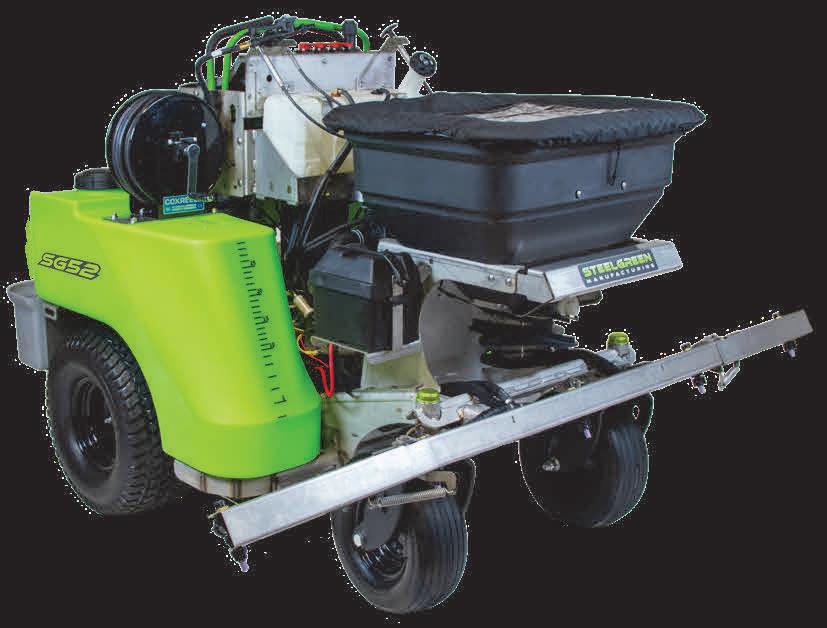


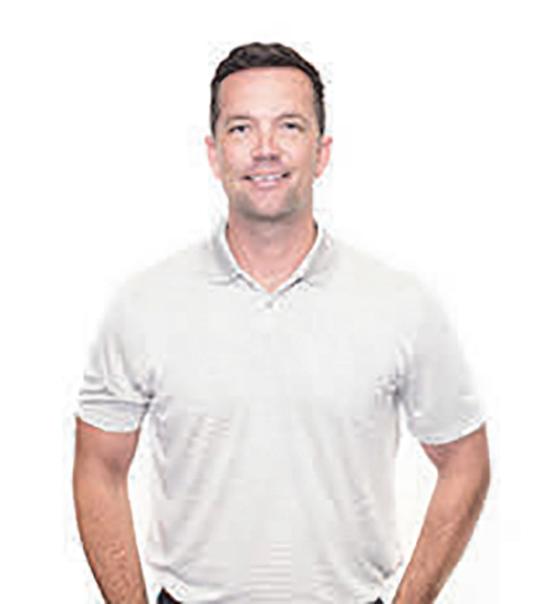
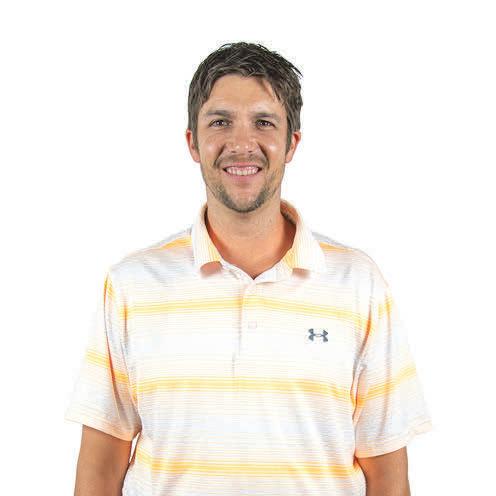
 By Daniel O’Brien,
By Daniel O’Brien,
Atthe risk of stating the obvious, water matters. In an increasingly crowded world, with increasingly strained resources, this is true for all walks of life and turfgrass is no exception. Decisions about how we use, and just as importantly, how we conserve water are major issues for turfgrass professionals, which is why such decisions are also at the heart of our Turfgrass Research Program here at the University of Arkansas. Exploring new ways to maximize this most vital resource has been, and continues to be, a top priority in the work we do.
When it comes to managing water, one of the best resources available to turfgrass professionals are wetting agents, also known as soil surfactants. Yet, as powerful and versatile as these products are, the truth is that in many ways, turfgrass research is just scratching the surface in our understanding of them and how they work. While wetting agents are by no means a “silver bullet” for solving all the water issues facing the future of turfgrass, they do hold tremendous potential for a range of moisture related issues, such as: preventing
localized dry spot, improving moisture uniformity, increasing water infiltration, prolonging rootzone moisture retention, reducing winter injury, and enhancing the efficacy of fertilizers and pesticides (Abagandura et al., 2021; DeBoer et al., 2020; Hutchens et al., 2020; Jacobs & Barden, 2018).
Building on that existing body of research, we are thrilled that a recent proposal of ours was selected by the Golf Course Superintendents Association of America (GCSAA) Foundation as a recipient of the 2023–2024 Dr. Michael Hurdzan Research Grant Endowment. The Hurdzan Endowment is dedicated to, “funding applied environmental research on golf courses, with the specific goal of reducing requirements for water, fertilizer, pesticides, or fossil fuels in golf course maintenance.” Above all, it is important to us that our research is both novel and practical, offering meaningful benefits to turfgrass professionals. In this case, those turfgrass professionals are golf course superintendents, and the potential benefits include savings, both in terms of water and money.





Essentially, this research boils down to the simple question, How do you get the most out of a wetting agent application? At the University of Arkansas, we have been studying wetting agents for over 20 years, but we will be the first to tell you, there are still a lot of unknowns when it comes to these extremely important products. Because wetting agents are not subject to the same registration process or labeling requirements as pesticides, companies do not have to disclose precise active ingredients or extensive amounts of research data in order to begin selling a product. While all of that is beyond a superintendent’s control, what is very much within their control is: which wetting agent to use, how much product to put in the tank, and how often to apply. The overall goal of this research is to investigate wetting agents at the place where superintendents can exercise the most control over product performance. To do that, our original question can be broken down into comparisons on three distinct levels:
Second, comparisons among application rates/timings were based on the fact that when it comes to wetting agent labels, it’s common to see multiple options for application amounts and intervals. While flexibility is inherently a good thing, it does not mean that all options perform the same. When looking at each wetting agent individually, we wanted to evaluate which application rate/interval produced the best turfgrass quality above ground, with the greatest volumetric water content (VWC) in the rootzone.
We applied each of our six wetting agents six different ways (including a nontreated control). To maintain the ability to compare different products, it was important that the six different “application strategies” shared some common features (Table 2). Generally, it can be said that two of the application strategies were season-long applications, two were monthly reapplications, one was a reapplication every two months, and one was zero product applied (nontreated control).
2) comparison among application rates/timings, and
1) comparisons among wetting agents,
3) comparisons among technology for evaluating wetting agent performance and longevity.
Starting with comparisons among wetting agent products, we opted to work with six different wetting agents, each from a different manufacturer (Table 1). Admittedly, there are many options available, but in research you seldom have space/time to test everything at once. Our criteria were based largely on conversations with superintendents about wetting agents they were using, along with a desire to include products marketed both for monthly reapplications, as well as those for “long-term” or “season-long” effectiveness from a single application.
Long-term 1 Season-long application at a standard label rate
Long-term 2 Season-long application at an increased / high rate
Monthly 1 Reapplications every 4 weeks at a standard, label rate
Monthly 2 Reapplications every 4 weeks at half the monthly rate
Bi-monthly Reapplications every 8 weeks at a standard, monthly rate
For each individual wetting agent, the specific rates/timings started with what was listed on the product label and when necessary, additional rates were calculated to ensure that each product met the general guidelines for each of the six application strategies. Specifically, the questions we were interested in: with season-long applications, does more product lead to increased performance and/or longevity? And for repeat applications, can we create cost-savings and still achieve the same level of performance with reduced rates or extended intervals between applications?
Finally, the third comparison was not about wetting agents themselves as much as it was the technology/methods used to evaluate how well they are working. Our research program continues to use portable moisture meters such as the TDR 350 (Spectrum Technologies Inc.) extensively for studying wetting agents. We have also begun incorporating installed wireless moisture sensors such as Turf Guard (The Toro Company) for continuously monitoring VWC (as well as soil temperature and electrical conductivity). Along with both of these devices, we also use an onsite weather station to calculate potential evapotranspiration (ETo) and growing degree days (GDD). Bringing all of these technologies together allows us to ask the underlying question, what is the best way to track wetting agent performance and determine when reapplication is necessary?






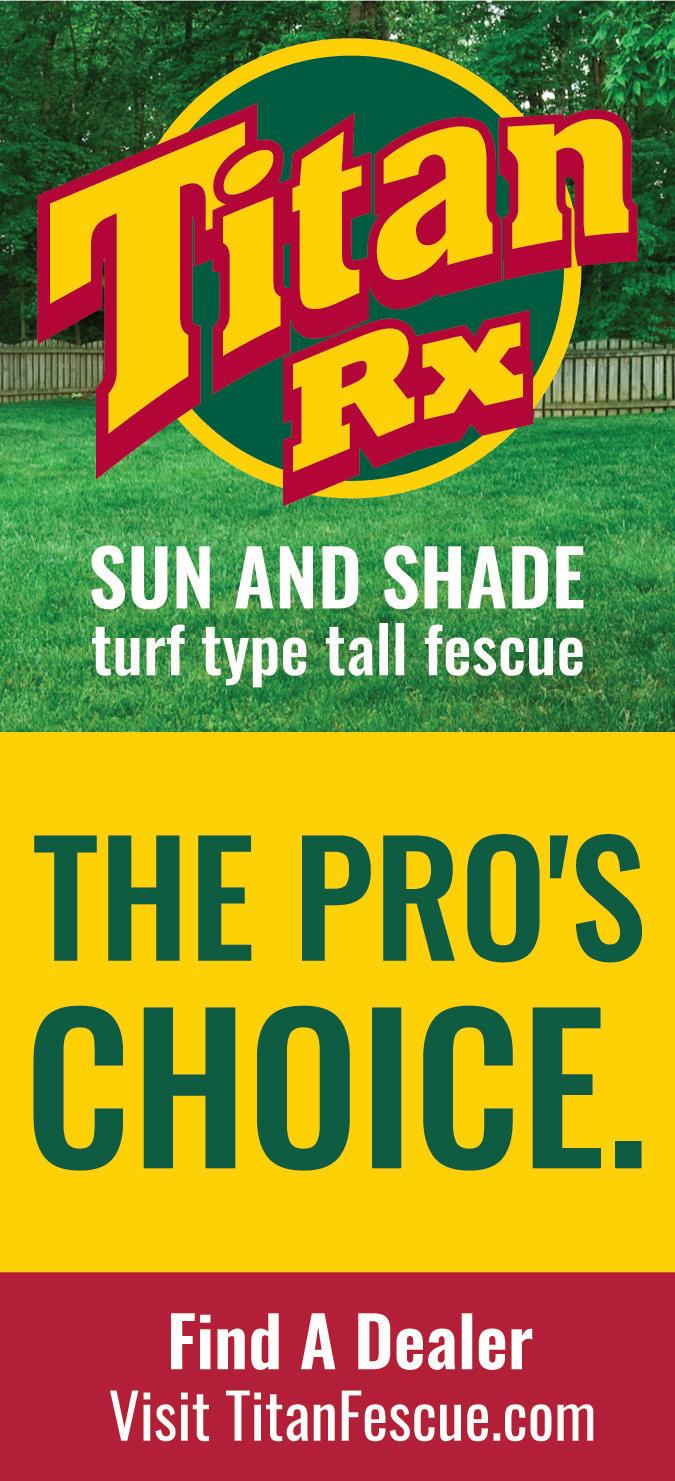
Company is a family owned and operated business for over 20 years. We take great pride in the quality sod and services we provide to our customers. We strive to abide by all ethical standards and take pride in assuring that our customers receive a fresh product each and every day.
The experimental area is located on a block of ‘Tyee’ creeping bentgrass, within a USGA sand-based research putting green in Fayetteville, AR. Initial treatment applications were made on May 10th, 2023, will continue throughout the summer months, with final applications scheduled for Aug. 30th. Data collection which includes TDR measurements (1.5" and 3.0" depths), drone images, firmness measurements, and visual assessments of turfgrass quality and percent localized dry spot, began six days after initial application and will continue weekly through Sept. 7th. Turf Guard wireless sensors were installed to measure VWC at 1" and 6" below the putting surface. So, while it is still early in the 2023 research season, preliminary work conducted
in 2022 has shown promising results for separating different application strategies both within and across wetting agents.
If you’re still reading, hopefully that is because something about this research appeals to you. If you are interested in learning more about it, we want everyone to know that the University of Arkansas Turfgrass Field Day will take place Tuesday, August 1st, 2023, at the Milo J. Shult Agricultural Research and Extension Center in Fayetteville, AR. You are all invited, and this research will be featured prominently.

In the meantime, if you would like to talk wetting agents or anything else turfgrass related, please don’t hesitate to reach out. And please remember that this work is made possible by the generous support of the GCSAA Foundation and multiple GCSA Chapters in and around the state of Arkansas. •



IMAGE 4. Previous research at the University of Arkansas has observed notable differences in wetting agent performance among various products, as well as among different rates and timings of the same product. The current research will build on previous work with the goal of helping superintendents identify effective combinations of application rate/timing for individual wetting agents. 3 August 2022



This research is made possible by financial support from:
• Golf Course Superintendents Association of America Foundation Dr. Michael Hurdzan Endowment
• The Arkansas Chapter of the Golf Course Superintendents Association of America
• The Mississippi Valley Chapter of the Golf Course Superintendents Association of America
• The North Texas Chapter of the Golf Course Superintendents Association of America
• The Ozark Turf Association Chapter of the Golf Course Superintendents Association of America
Special thanks to our research cooperators:
• AQUA-AID Solutions
• Aquatrols Corporation of America
• J.R. Simplot Company
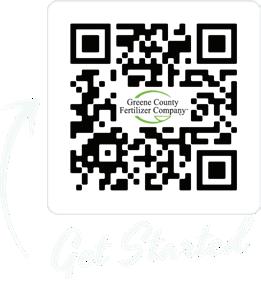
• Mitchell Products
• Precision Laboratories

• Target Specialty Products
Additional thanks to:
• The University of Arkansas System Division of Agriculture
• Professional Turf Products

Daniel O’Brien is a PhD candidate in the Turfgrass Science Program at the University of Arkansas working under Dr. Mike Richardson • dpo001@uark.edu
Wendel Hutchens PhD. is an Assistant Professor of Turfgrass Science in the Horticulture Department at the University of Arkansas • wendellh@uark.edu
Mike Richardson PhD. is a Professor of Turfgrass Science in the Horticulture Department at the University of Arkansas mricha@uark.edu
Abagandura, G. O., Park, D., Bridges Jr, W. C., & Brown, K. (2021). Soil surfactants applied with 15N labeled urea increases bermudagrass uptake of nitrogen and reduces nitrogen leaching. Journal of Plant Nutrition and Soil Science, 184(3), 378-387.
DeBoer, E.J., Karcher, D.E., McCalla, J.H., Richardson, M. D. (2020). Effect of late-fall wetting agent application on winter survival of ultradwarf bermudagrass putting greens. Crop, Forage and Turfgrass Management, 6(1), 1-7.
Hutchens, W. J., Gannon, T. W., Shew, H. D., Ahmed, K. A., Kerns, J. P. (2020). Journal of Environmental Quality, 49(2), 450-459.
Jacobs, P., & Barden, A. (2018). Factors to consider when developing a wetting agent program: A one-size-fits-all approach to developing a wetting agent program is not possible. USGA Green Section Record, 56(9), 1-6.
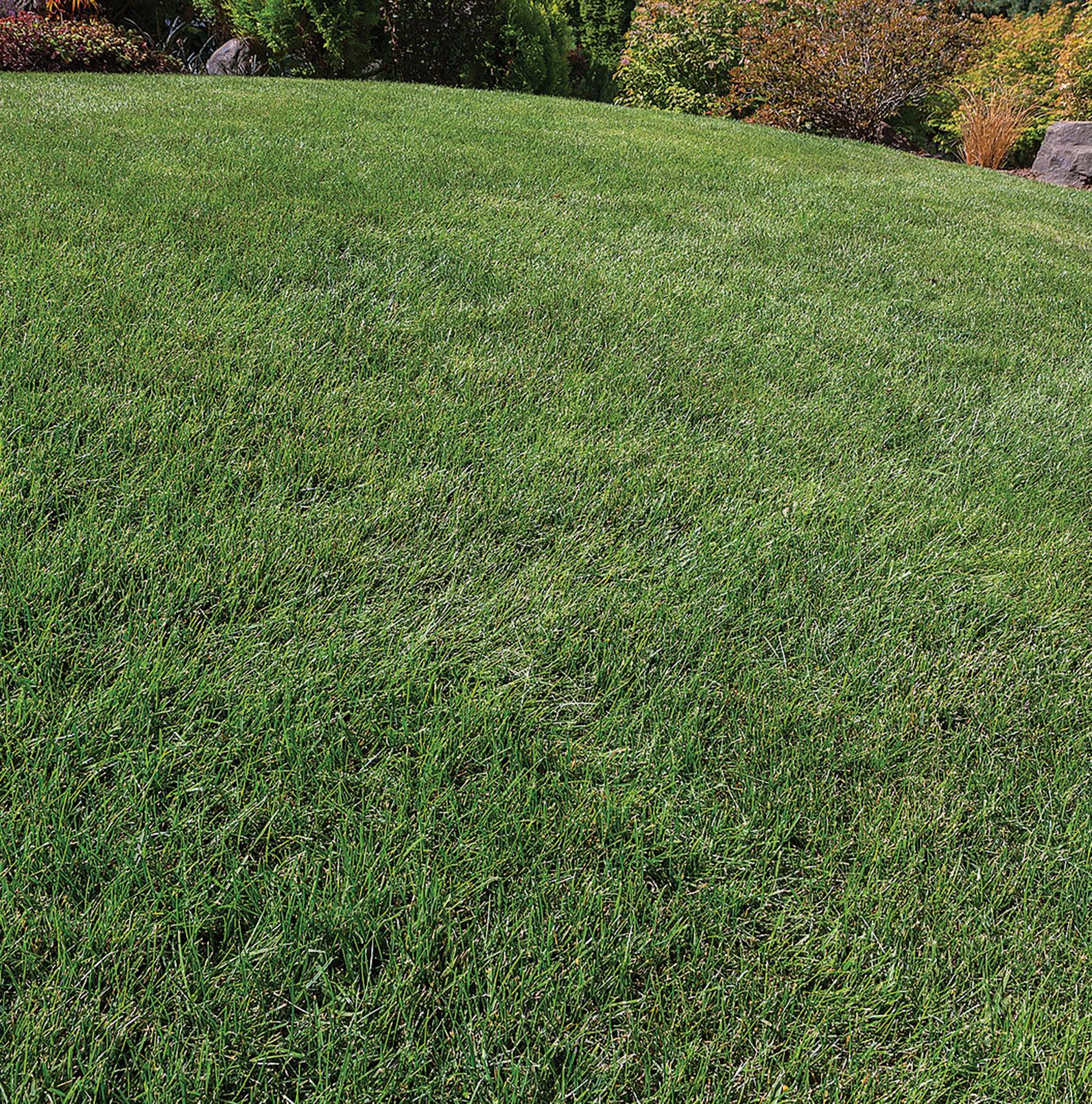
 By Neal Glatt, CSP, ASM
By Neal Glatt, CSP, ASM
Many leaders seek to hire people who fit their company culture, meaning they choose candidates who share their values, style, or goals. Their theory is that these teams will be more cohesive and aligned to enable performance of key business outcomes. Unfortunately for these leaders, the science shows exactly the opposite is true.
According to a 2015 McKinsey report, diverse management teams are 35% more likely to outperform non-diverse teams in terms of financial performance. One of the reasons for this is that teams which disagree challenge each other to perform at their best. The desire for cohesiveness can in fact limit a team’s ability to obtain performance.
For managers who want to hire the best people, cultural fit may be undermining the entire hiring process. In fact, personality, behavioral, or cultural tests predict on-the-job performance only 20% of the time while giving hiring managers a false sense of security.
One way to know that hiring methods aren’t working is to look at the employee turnover rate of an organization. What percentage of employees departed your organization for any reason in the past 12 months? If the answer is 9.2% or higher (the average for all construction companies), then your hiring criteria must be re-evaluated to outperform the competition. PO

The best leaders don’t look for a cultural fit, they target candidates who contribute cultural adds. These people have an identity, viewpoint, or experience which is new and unique to a team and brings a new perspective to an organization. Striving for diversity, as opposed to fit, is the best way to build a high-performing team with lower turnover.

A good talent assessment won’t reveal work styles because the best in each role achieve their results in very different ways. Save the personality and behavioral assessments for building self- and others-awareness of new hires and development. In the hiring process, an assessment of the entrepreneurial talent is what’s needed to succeed.
Finally, managers need to revisit how they interview and move to structured formats where each candidate is given the same questions and answers are scored against an objective guide. These questions should also only be around exhibited behavior in previous experiences or hypothetical situations to determine how someone would perform in a given role. When combined, these strategies dramatically reduce hiring bias and increase team talent and diversity.
If you need more help revamping your hiring process to succeed, check out the courses on GrowTheBench. com or contact us for one-on-one coaching. •
1. What is Matrix?
• Reinforced product grown at bottom of sand based profile
• Sprigged field to insure highest percolation rates
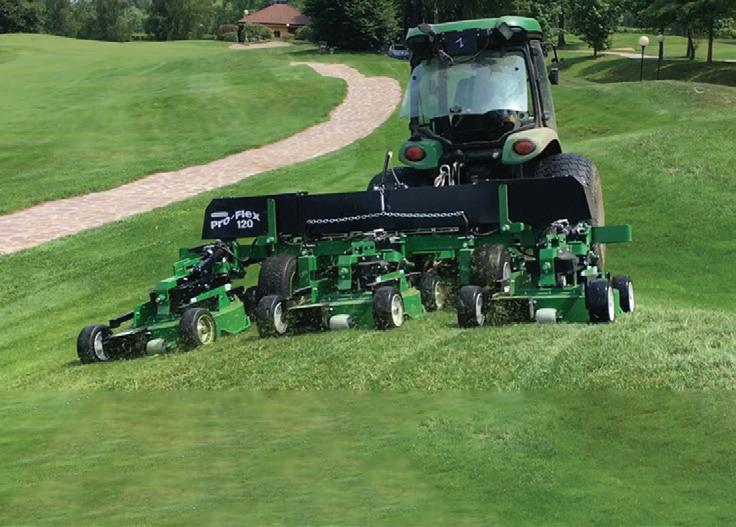




• Ready to Play product
2. Where is it used?
• High demand athletic fields: football, soccer, baseball, softball, and rugby.
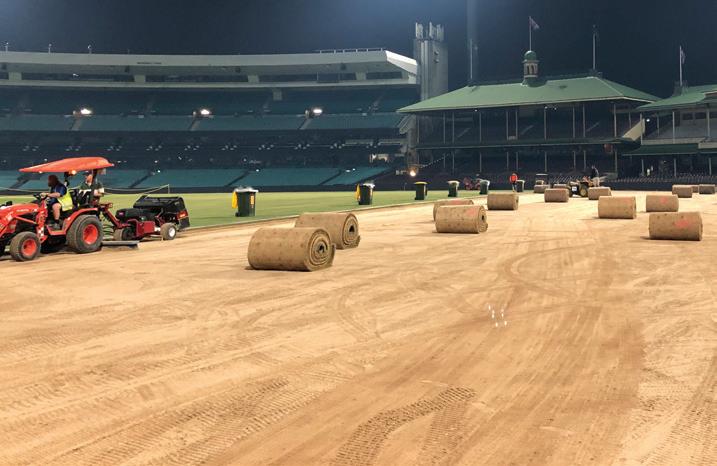
• High traffic areas: Horsetracks, goalmouths, and tournament crosswalks.

